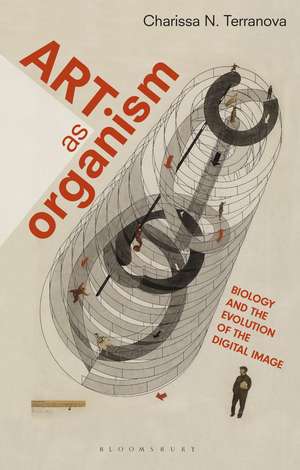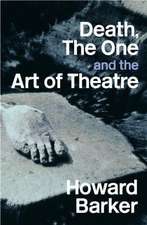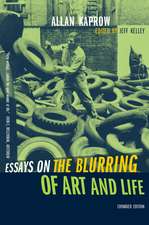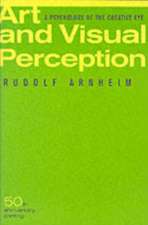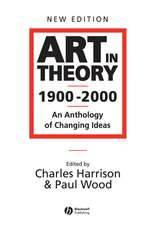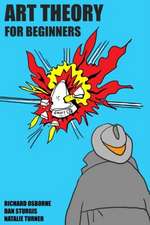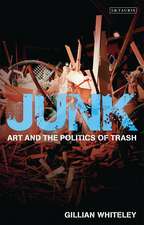Art as Organism: Biology and the Evolution of the Digital Image
Autor Dr. Charissa N. Terranovaen Limba Engleză Hardback – 26 mai 2016
| Toate formatele și edițiile | Preț | Express |
|---|---|---|
| Paperback (1) | 177.30 lei 22-36 zile | |
| Bloomsbury Publishing – 15 dec 2021 | 177.30 lei 22-36 zile | |
| Hardback (1) | 774.62 lei 43-57 zile | |
| Bloomsbury Publishing – 26 mai 2016 | 774.62 lei 43-57 zile |
Preț: 774.62 lei
Preț vechi: 1113.41 lei
-30% Nou
Puncte Express: 1162
Preț estimativ în valută:
148.27€ • 161.11$ • 124.63£
148.27€ • 161.11$ • 124.63£
Carte tipărită la comandă
Livrare economică 21 aprilie-05 mai
Preluare comenzi: 021 569.72.76
Specificații
ISBN-13: 9781784534301
ISBN-10: 1784534307
Pagini: 336
Ilustrații: 82 bw illus
Dimensiuni: 138 x 216 x 25 mm
Greutate: 0.57 kg
Editura: Bloomsbury Publishing
Colecția I.B.Tauris
Locul publicării:London, United Kingdom
ISBN-10: 1784534307
Pagini: 336
Ilustrații: 82 bw illus
Dimensiuni: 138 x 216 x 25 mm
Greutate: 0.57 kg
Editura: Bloomsbury Publishing
Colecția I.B.Tauris
Locul publicării:London, United Kingdom
Notă biografică
Charissa N. Terranova is Associate Professor of Aesthetic Studies at The University of Texas at Dallas. She is the author of Automotive Prosthetic (2014) and has published articles in Leonardo, Art Journal, Urban History Review and Journal of Urban History, among others.
Cuprins
PrefaceIntroduction - The Haptic Unconscious: László Moholy-Nagy's Organismic AestheticsChapter 1 - Bauhaus Biology: The Beginnings of BiofunctionalismChapter 2 - Gyorgy Kepes and the Light image as Bio-Image: Pop Art-and-Science, Integration, and DistributionChapter 3 - The Distributed Image of the City: The Collaboration between Gyorgy Kepes and Kevin LynchChapter 4 - Wet Perception: Op Art and New Tendencies, between the Gestalt and Ecological PsychologyChapter 5 - The Digital Image in Art: The Generative Turn, Computational and Biological
Caracteristici
Interdisciplinary in scope, the book weaves together the histories of art, science, computing, and philosophy, adding contemporary insights from architects, embryologists, electrical engineers, and computer scientists
